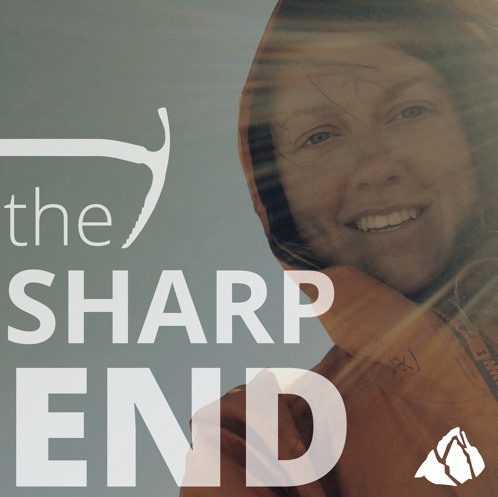Leader Fall On Ice – Inadequate Protection, Poor Position
New York, Adirondacks, Pitchoff Mountain, North Face
On December 27, at approximately 9 a.m., my brother Don Heinz (51) and I (46) were climbing Arm and Hammer (WI3+) with two friends. It was a cold day (10° F), but there had been a recent stretch of warm weather and rain. We’d talked about canceling the trip, given the recent weather, but decided to climb anyway.
Don led the climb and headed up a 70-foot section of 50° ice to the crux, a 15-foot vertical section. He placed several screws on the low-angle start and placed another at the base of the crux before continuing up toward what he thought was solid ice. The ice sounded hollow, so he continued to climb, looking for better ice and planning to rest in a large slot at the top of the crux section. This slot was eight to ten feet tall and had been melted by rainwater. I had noted to myself that the ice looked bad in that spot but didn’t mention it to my brother.
My belay was in a blind spot, so I couldn’t see him climb into that area, but as he entered the V-shaped slot, he found more bad ice and continued up and left without placing another screw. Near the top of the vertical stretch, Don’s left axe blew from the ice. He fell and hit the low-angle section of ice below, then continued to slide before coming to a stop hanging upside down from a screw.
No one saw him land, but his injuries suggest he impacted the ice on his left hip and back, then hit his head. He was unresponsive despite my screams from the belay. He regained consciousness after five minutes but was initially only able to make guttural noises, and I worried that he might be choking on blood. An AMGA-certified rock guide who was descending the neighboring route at the time of the accident traversed over to our route to help Don off the wall. At this point, Don was conscious but visibly confused and unstable. I lowered Don to the ground as the guide descended with him.
At the base, Don could not remember anything. He complained of pain in his left hip/back and his right shoulder. He had a puncture wound in his left side caused by an ice screw racked on his harness. We sheltered him with our puffy jackets, placed a backpack underneath him, and wrapped him in an emergency blanket provided by the guide. A member of our party called 911 and contacted the Adirondacks forest rangers. They arrived within 90 minutes of the fall, packaged Don in a litter, and lowered him down the steep hill to a point where he could be transferred to an ambulance. A helicopter then transported him to a trauma unit in Albany. His most serious injuries included a puncture wound and chip in his left hip where the tooth of the screw penetrated to the bone, three vertebrae fractures, three broken ribs on the right side, and a fracture of his right scapula. His memory returned in 24 hours, and he remained in the hospital for two days.
ANALYSIS
Between the recent weather and the obvious signs of melting, there were reasons to be concerned about the condition of the ice. A quick conversation regarding the poor ice in the slot might have alerted Don to stay away from it. A belay that provided line-of-sight to Don as he climbed also could have prevented the accident, as I would have had the opportunity to warn Don about the ice in that area.
As Don climbed the crux, he passed opportunities to place higher protection in the vertical ice section. A screw there may have prevented him from hitting the low-angle ice below the crux. Given the condition of the ice, Don should have downclimbed instead of continuing to run it out above a ledge. Don’s recollection is that the last screw was eight to ten feet below him and several feet to the left when he fell, which would have resulted in a long fall even with a tight belay. After the accident, we were slow to call 911, as we were somewhat in shock.
Despite the accident, there was a lot we did right. Don’s helmet clearly saved him from a very serious head injury, and the highest screw he placed saved him from a much more severe fall. Once Don was on the ground, our efforts to keep him warm were successful and prevented the situation from deteriorating further, given the cold weather. We were very fortunate to have the immediate assistance of a guide and the rangers. (Source: Joe Heinz.)

